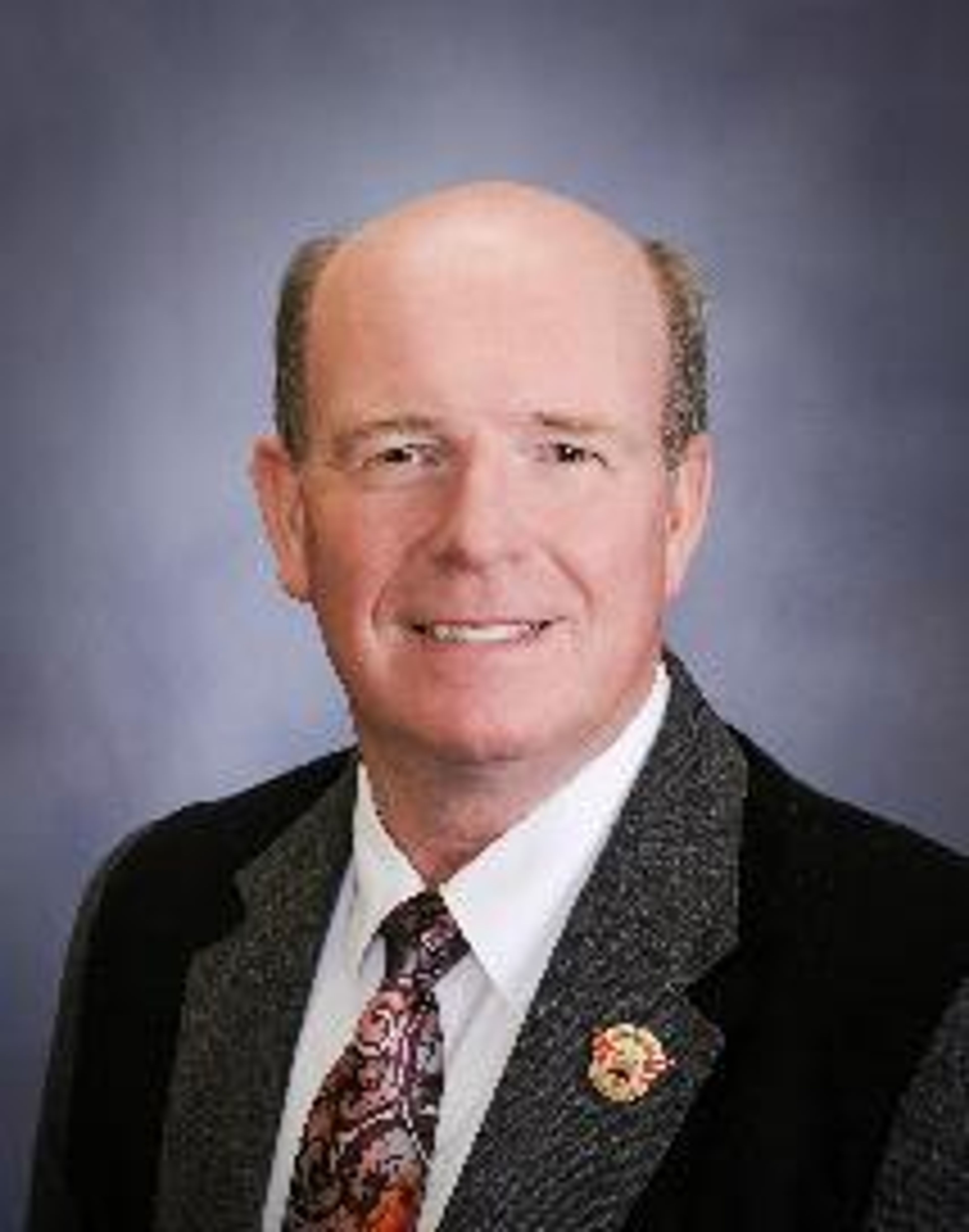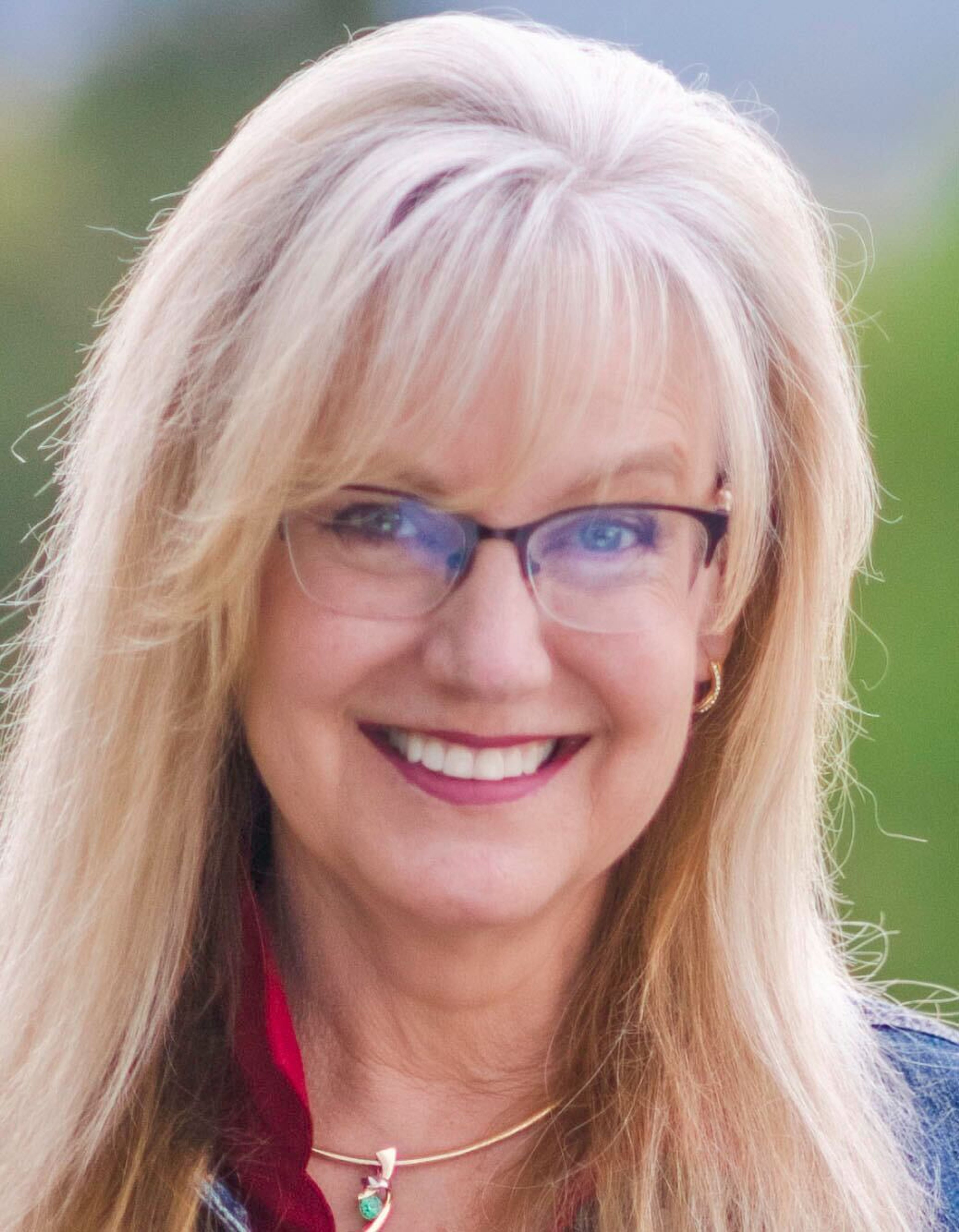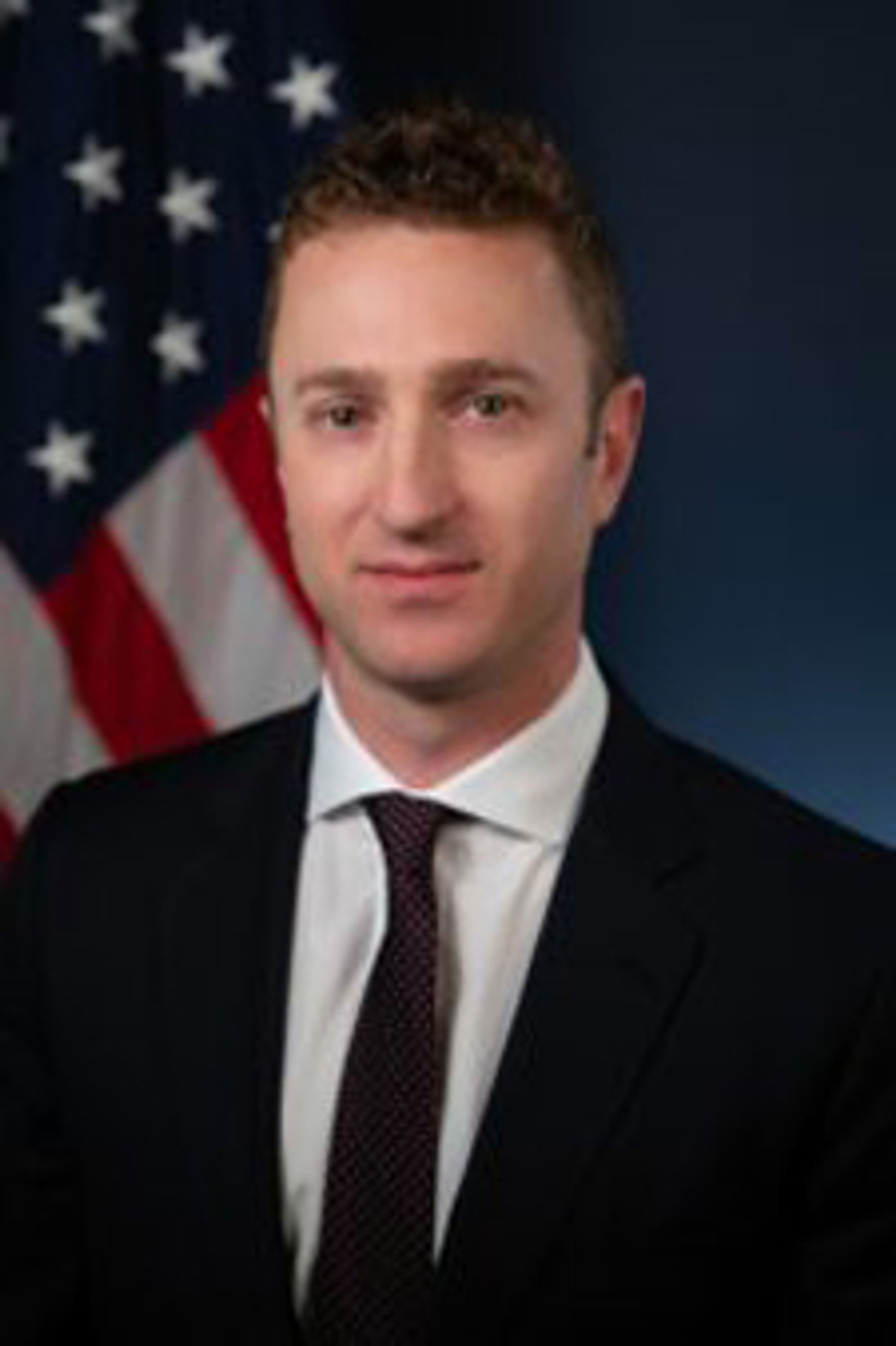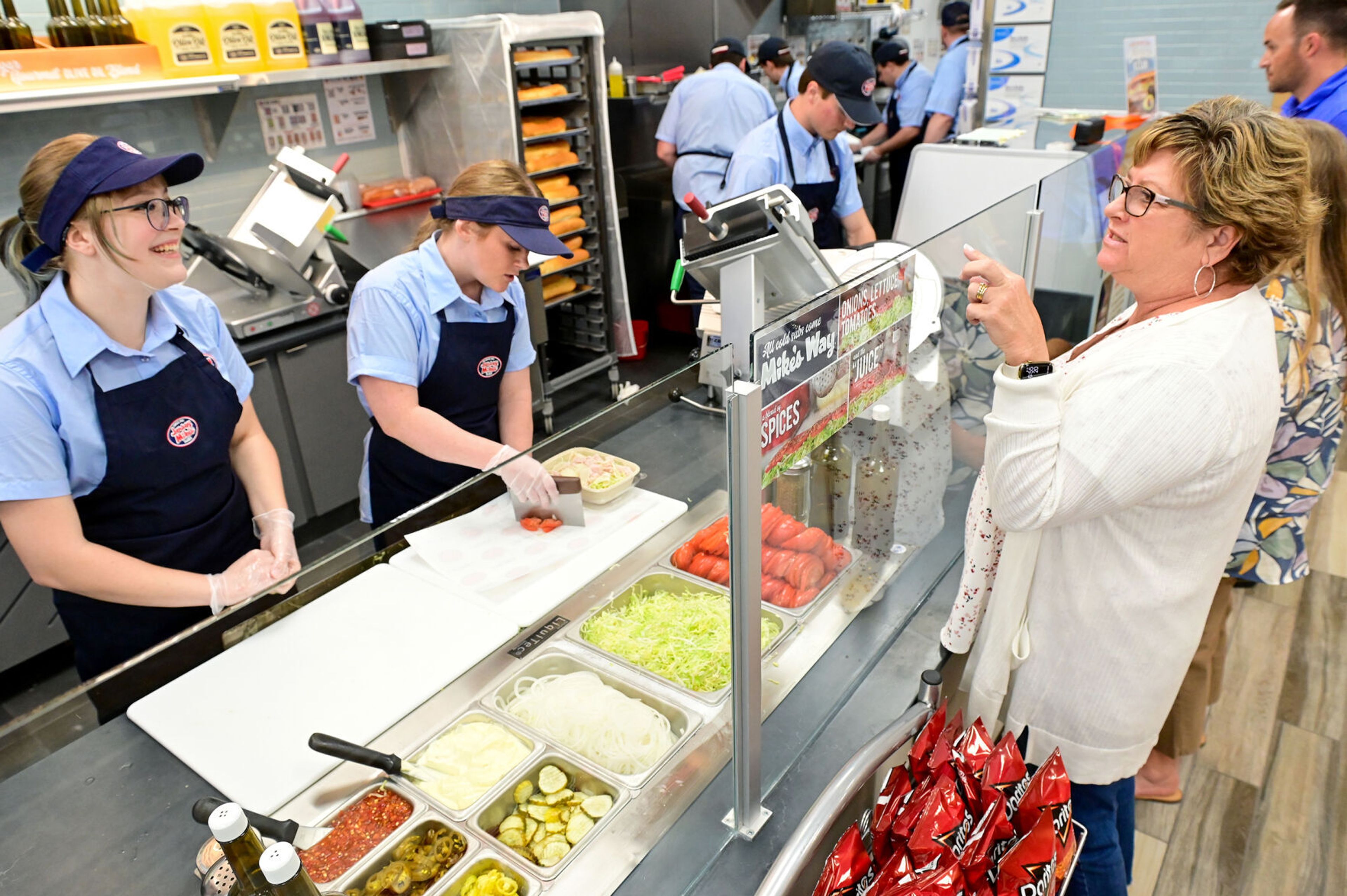Priority group faces confusion with limited COVID-19 vaccine
BOISE — Limited coronavirus vaccine availability, confusion over just which Idaho residents should be vaccinated first and rumors of line-jumpers are all complicating the state’s vaccine rollout.
Members of Idaho’s COVID-19 Vaccine Advisory Committee met Friday to help clarify exactly who should have first dibs on the state’s vaccine doses. On average, Idaho is shipped about 21,000 vaccine doses each week. Those shipments are earmarked as “first doses,” with the federal government automatically shipping the second dose for each individual vaccine recipient around three weeks later.
“The demand is far higher than the doses we have,” said Sarah Leeds, program manager for the Idaho Immunization Program.
So far, the federal government has distributed 178,175 doses to Idaho, according to the latest numbers available from the U.S. Centers of Disease Control and Prevention. That’s a rate of 9,970 doses for every 100,000 residents, putting Idaho near the bottom of the list compared to the allotment given other states. Only California, South Carolina, Missouri, Nevada and Alabama have received fewer doses based on their population rate.
Idaho is also trailing other states — coming in 46th in the nation — at getting the available vaccine into residents’ arms, with about 3.4 percent of residents having received at least one dose of the two-dose vaccination process so far. Roughly 0.7 percent of Idaho residents are now fully vaccinated against COVID-19.
Currently, front-line health care workers, nursing home staffers, dentists, pharmacists and other medical-field staffers are eligible to be vaccinated, as can child care workers, teachers and staffers at primary and secondary schools and correctional center staffers. But the people who are charged with giving out the vaccine — local health departments, pharmacies and medical care providers — have different interpretations of exactly who is included in each category.
Some regions have been vaccinating school board members along with primary and secondary school teachers, interpreting them as school staffers, even though they may not be spending extended periods of time in classrooms with large numbers of students. One committee member said she had heard of some college professors who are working remotely getting vaccinated under the “residential school” category, though that category was originally intended to refer to behavioral health residential schools, which operate more like boarding schools for youth who need mental health treatment or other types of therapy.
The number of people hoping for one of the limited doses available will increase dramatically in early February, when residents aged 65 or older are expected to become eligible. Idaho has nearly 300,000 residents in that category, according to state estimates.
Officials are “hoping for patience” from older residents, said Amy Gamett, the Eastern Idaho Public Health Clinical Services Division director.
“Again, vaccine is the holdback right now. We need more vaccine than we’re receiving every week,” Gamett said.
The committee voted to include clergy members who visit medical facilities to comfort ill or dying patients in the health care provider group, putting them at the front of the line for vaccines. Committee members voted against including foster care parents in that group, though it could force some to make tough decisions about whether to take in a child who may have been exposed to coronavirus. They also voted against including utility workers and delivery workers for private package companies such as UPS or Amazon in the “essential front-line worker” group.
The votes serve as a recommendation to Idaho Gov. Brad Little, who will make the final call on who is included in each priority group.







